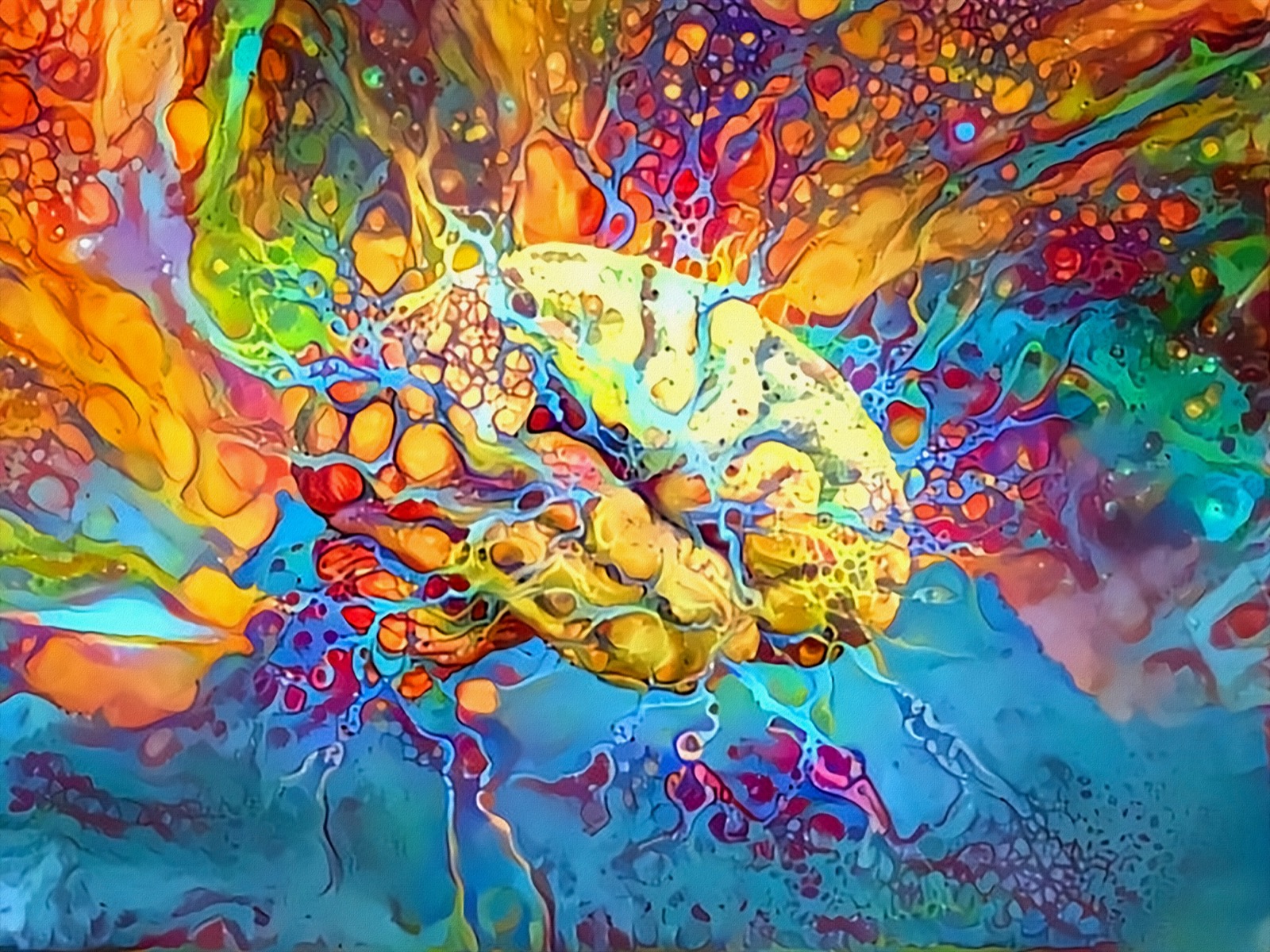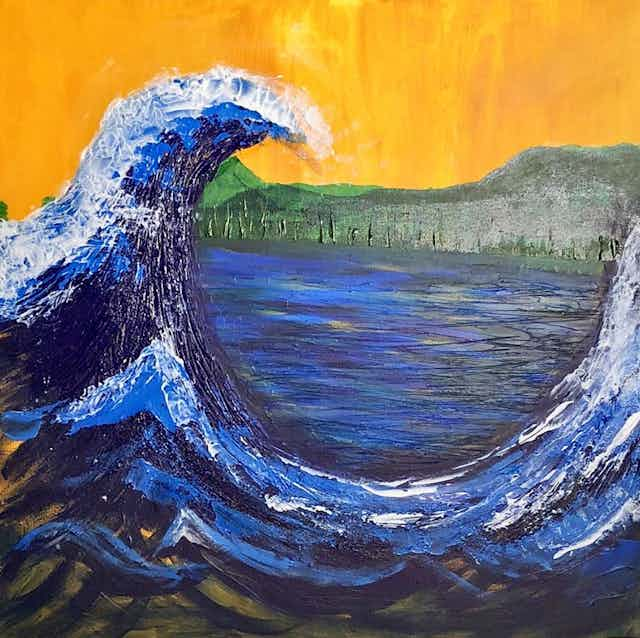How Trump Art Shows Modern Political Satire in the Art World
How Trump Art Shows Modern Political Satire in the Art World
Blog Article
Embarking on an Aesthetic Journey Through the Lyrical Interpretations of Nature in Impressionist Landscapes
Each brushstroke, each play of light and darkness, and each color selection in their works speaks quantities regarding the artists' deep connection to nature and their ability to convert its charm onto the canvas. As we explore the lyrical analyses of nature in Impressionist landscapes, we are welcomed to submerse ourselves in a globe where truth and emotion link, using a glance into the artists' extensive gratitude for the natural globe.
The Captivating Brushstrokes of Claude Monet
Claude Monet's mastery of brushstrokes goes beyond mere strategy, imbuing his landscapes with a heavenly top quality that enthralls and astounds audiences - trump art. His cutting-edge use shade and light, integrated with his distinct brushwork, creates a sense of activity and life within his paints. Monet's popular collection of works illustrating water lilies and his iconic haystacks display his capacity to catch the fleeting impacts of light and ambience

Checking Out Light and Darkness With Camille Pissarro
Symbolizing a similar reverence for the interaction of light and darkness, Camille Pissarro's imaginative vision unravels as an unified exploration of the environment's luminous nuances. Pissarro, a key figure in the Impressionist motion, masterfully caught the vibrant connection in between light and darkness in his landscapes. His skilled use of color and brushwork enabled him to convey the refined changes in light that define different times of day and periods.
Pissarro's paintings frequently feature spotted sunshine infiltrating leaves, casting detailed patterns of light and darkness on the earth listed below. In jobs such as "Hoar Frost, the Impact of Snow, Pontoise," Pissarro skillfully illustrates the crisp brightness of wintertime sunlight compared with the awesome darkness that specify the snowy landscape. By welcoming both light and darkness in his structures, Pissarro invites visitors to immerse themselves in the all-natural beauty and short-term effects of light worldwide around them.

Via Pissarro's works, we are advised of the transformative power of light and shadow, inviting us to stop and value the fleeting minutes of appeal existing in the daily landscapes that surround us.
A Harmony of Colors by Edgar Degas
Edgar Degas orchestrates a vibrant harmony of shades in his skillful artworks, infusing his make-ups with a vibrant interplay of shades that mesmerize the visitor's look. Recognized mainly for his ballet dancers and intimate scenes of Parisian life, Degas expertly manipulated colors to communicate mood and activity in his paints. trump art. His use of bold, contrasting shades and refined tonal variants produced a feeling of depth and vibrancy within his jobs
Degas' shade combination often contained abundant blues, deep environment-friendlies, and warm oranges, which he used with positive brushstrokes to internet catch the essence of his topics. Whether representing a ballerina mid-performance or a group of buddies talking at a cafe, Degas' colors not only depicted the scene however additionally evoked a feeling of emotion and power.
Furthermore, Degas' trial and error with light and shadow included an added layer of complexity to his color make-ups, enhancing the general ambience of his paints (trump art). Via his skillful control of color, Degas developed a visual harmony that proceeds to reverberate with visitors today
Discovering Nature's Calmness With Berthe Morisot
Berthe Morisot's creative vision offers a calm separation from the vibrant shade symphonies of Edgar Degas, as she catches the tranquility of nature in her evocative landscapes. Understood for her fragile brushwork and intimate portrayals of everyday life, Morisot's landscapes exhibit a feeling of peace and consistency.
Morisot's paints typically include soft, low-key tones that convey a sense of calmness and serenity. Her works, such as "The Cradle" and "Summer's Day," display her ability to catch the subtle elegance of nature in such a way that is both relaxing and reflective to the audience.
Unlike several of her Stylist equivalents who concentrated on bold colors and vibrant make-ups, Morisot favored to create gentle, reflective scenes that welcome the customer to show and stop briefly. Via her skillful use of light and shadow, Morisot produces a sense of tranquility that resonates with the audience on a deep psychological level.
The Psychological Landscapes of Vincent Van Gogh
Vincent Van Gogh's landscapes vividly communicate a deepness of emotion through their dynamic brushwork and expressive use shade. The Dutch post-impressionist musician is renowned for his capacity to record extreme and raw emotions in his paintings, transcending standard depictions of nature. Van Gogh's tumultuous individual life, noted by psychological health struggles, significantly influenced his art, infusing his landscapes with a sense of unease, sorrowful, or vitality.
In works such as "Starry Night" and "Wheatfield with Crows," Van Gogh's swirling brushstrokes and vibrant color choices stimulate an extensive psychological feedback from visitors. The unstable skies and flustered landscapes in his paintings reflect his internal chaos and emotional turbulence, inviting audiences to dig into the intricacies of his subconscious.
Van Gogh's unique my link aesthetic language, identified by exaggerated point of views and bold usage of shade, produces landscapes that reverberate with audiences on a deeply emotional degree. With his art, Van Gogh invites us to see nature not simply as an exterior truth but as a mirror of our innermost sensations and feelings.
Conclusion
To conclude, the impressionist landscapes of musicians such as Claude Monet, Camille Pissarro, Edgar Degas, Berthe Morisot, and Vincent Van Gogh provide a fascinating and unique aesthetic interpretation of nature. Through their use brushstrokes, color, feeling, and light, these musicians have actually produced a harmony of my company pictures that stimulate a sense of peacefulness and appeal in the environment. Their works remain to motivate and enchant customers with their lyrical interpretations of the landscapes around us.
Each brushstroke, each play of light and shadow, and each shade choice in their works talks quantities concerning the artists' deep link to nature and their capacity to translate its appeal onto the canvas. His cutting-edge use of shade and light, incorporated with his distinctive brushwork, produces a feeling of activity and life within his paintings. His skilled usage of shade and brushwork enabled him to share the subtle shifts in light that define different times of day and periods.

Report this page